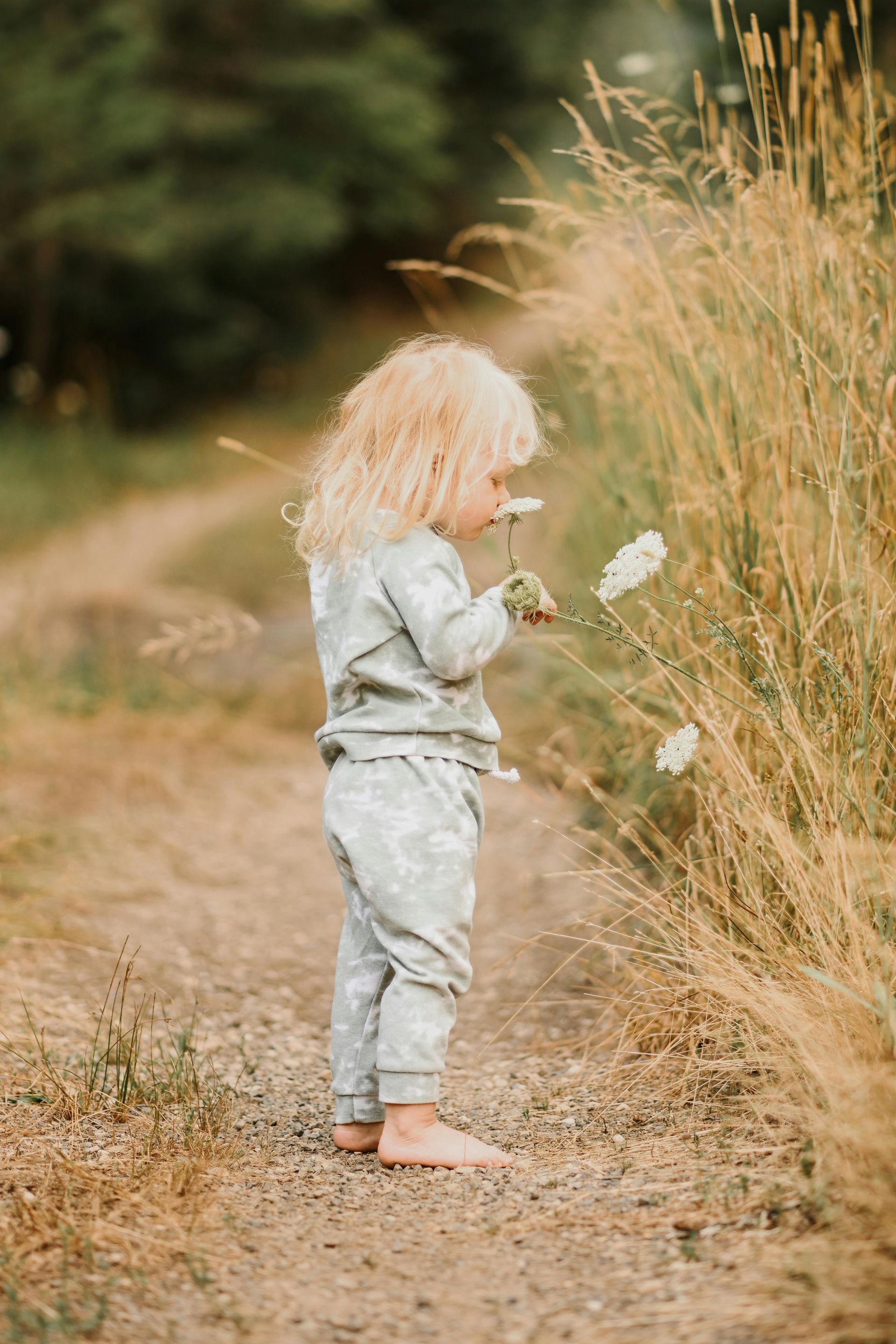
Reality in the Montessori Classroom
Many parents have noticed that Montessori schools discourage the use of creativity, fantasy and imagination. This is an unfortunate and inaccurate generalization of what Dr. Maria Montessori was actually teaching. Dr. Montessori did not discourage children from engaging in make believe play. During her observations, she saw that children under the age of six preferred "real" over "fantasy" when given the choice. She observes, time after time, that children of this age chose activities such as cleaning, cooking and other practical life activities of fantasy play.
A Montessori Perspective: Reality vs. Fantasy
As Montessorians, we recognize that very young children have a difficult time distinguishing between reality and fantasy, and that blending the two can be confusing. Based on Dr. Montessori's observations, we also know that children in the first plane of development (age birth to six) prefer reality to fantasy. Children are fascinated with the natural world. There is no need to tell a child about unicorns when they are so interested in horses, other animals, plants, and insects. At their age, the real world provides much inspiration and learning for their young minds.
In a Montessori classroom, you will see children preparing snacks and meals with the appropriate kitchen tools opposed to playing in a toy kitchen. Rather than listening to a story with talking animals, they would be presented with stories about real animals or people. This helps the child become independent and capable in the real world around them.
Imagination in the First Plane of Development
Imagination is a natural and normal part of development. However, children in the first plane of development are exploring the real world with their senses and interacting with their environment. Their brains are busy categorizing and finding order in the world. Because of this, it's more developmentally appropriate to give our youngest students real and authentic opportunities. Once they've developed a sense of the real world, usually around the age of six, their their imagination starts to take off.
Imagination in the Second Plane of Development
Dr. Maria Montessori noticed that around the time when a child turns six, there is a unique shift in their way of thinking. She deemed this next stage in the child's life the "second plane of development." During this stage, children are able to distinguish reality from fantasy and have a desire to use their imagination. This plane of development continues to approximately age 12. Dr. Montessori noticed that children are motivated to learn using their imagination during this plane, so in the spirit of following the child, Montessori encouraged children to explore their imaginations by using abstract thought.
For example, during the second plane of development, a guide might share a history lesson and ask the child to imagine themselves in a similar situation. Writing elaborate stories is a common activity at this age. This helps to develop the child's imagination, usually allowing them to find their own place in society through their thoughts and ideas.


